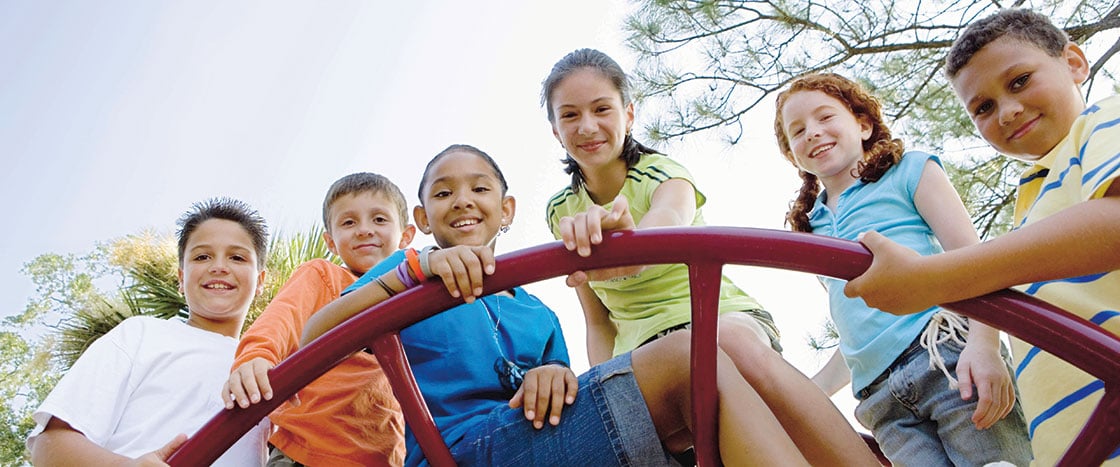You cram one last bite of sandwich in your mouth and rush outside for recess. You’ve been waiting for this all morning: Sunshine! Fresh air! Kickball! You’re just lining up the perfect shot when—BRIIIIIIINNNNG. The bell rings to call you back inside.
Sound familiar?
Over the past 20 years, many schools have squeezed recess out of the schedule to focus more on learning. As many as 40 percent of school districts have shortened recess—or even cut it completely.
Now, more and more kids, parents, and teachers are fighting to bring recess back. A handful of states, including Florida and New Jersey, have even passed laws giving students more free time.
But do kids need more recess?
You take one last bite of your sandwich and rush outside for recess. You’ve been waiting for this all morning: Sunshine! Fresh air! Kickball! You’re lining up your shot. Then—BRIIIIIIINNNNG. The bell rings to call you back inside.
Sound familiar?
Over the past 20 years, many schools have squeezed recess out of the schedule to focus more on learning. As many as 40 percent of school districts have shortened or gotten rid of recess.
Now, many kids, parents, and teachers are fighting to bring recess back. A few states, including Florida and New Jersey, have even passed laws giving students more free time.
But do kids need more recess?


